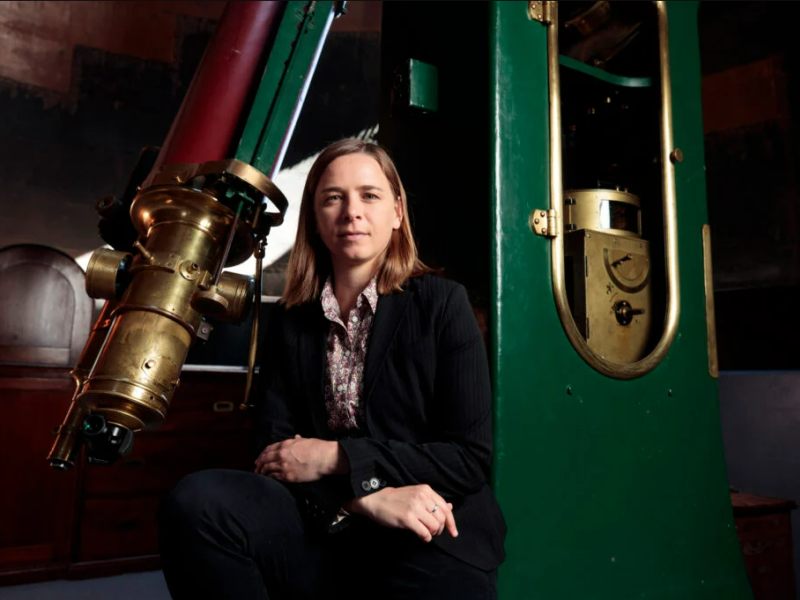The federal government’s ambassador for gender equity in STEM is being wound up, with existing functions to be slotted into other programs.
The Pathway to Diversity in STEM review, published in February, said the Women in STEM Ambassador should be replaced by a new advisory council with diverse representation across industries and social groups that are underrepresented in STEM.
While the federal government has yet to respond to the review, Industry and Science minister Ed Husic said on Tuesday that “the Women in STEM Ambassador functions will be amalgamated into other programs”.
No timeline for a government response to the review was announced.

The Office of the Women in STEM Ambassador produced educational material and teaching resources to support gender equity and undertook diversity and inclusion research.
Mr Husic thanked Australia’s first and last Women in STEM Ambassador, University of New South Wales Professor Lisa Harvey Smith and her office “for their important work to support Australian women and girls in STEM over the last six years”.
“Following the release of the independent Pathway to Diversity in STEM Review final report earlier this year, the government is focused on improving our suite of programs to support more underrepresented groups to pursue STEM education and careers,” Mr Husic said.
“We need more women and people from diverse backgrounds joining our STEM sector, so that more Australians can go into secure, well-paid jobs.”
The phase out of the ambassador role takes place amid ongoing gender inequities in STEM, including a pay gap in the tens of thousands, and only 15 per cent of people in STEM-qualified jobs are women as of 2021.
Between 2018, when the Office of the Women in STEM Ambassador role was formed, and 2021, the proportion of women in STEM-qualified jobs has grown by three per cent. Over the same period, the proportion of women enrolled in University grew by two per cent, from 35 per cent to 37 per cent.
The review recommended that a dedicated council should drive the implementation of a diversity and inclusion whole-of-government strategy and design a set of programs with a broader scope.
The new council “should regularly report to the government on impact and progress, to support government reporting to the public”.
The review flagged that the design of the council could be based on similar diversity boosting approaches in other countries.
For example, in South Korea a cross-sector advisory committee leads the development of “new plans and actions every five years (since 2003), informed by progress and changing workforce needs”.
Policy and program implementation is then led by the Korea Foundation for Women in Science, Engineering and Technology, a government-funded agency.
To avoid duplicating work undertaken in other parts of government, the review said the council should work with other advisory bodies, such as the proposed national women’s economic equality advisory body, a recommendation of the Women’s Economic Equality Taskforce in August 2023.
Professor Harvey-Smith also contributed research and analysis to the Pathway to Diversity in STEM review.
Do you know more? Contact James Riley via Email.

